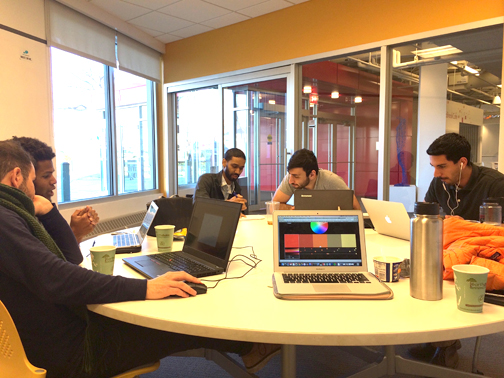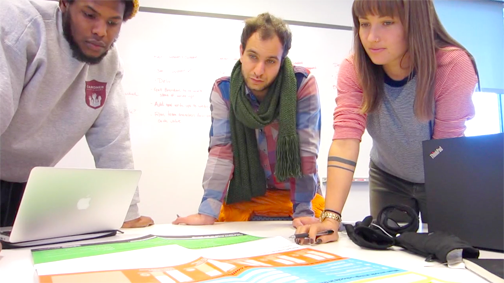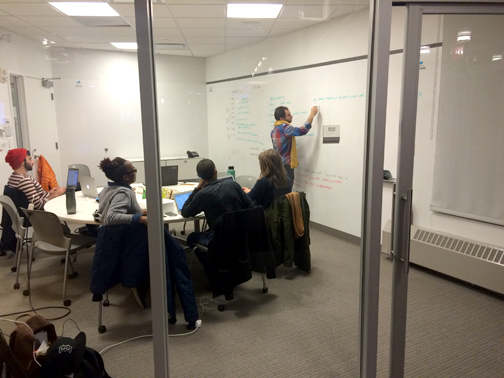
By McKenna MIDDLETON
Three friends, Ryon Tanara, Raffy Mardirossian, and Paul Matevosyan, who together attended Rosemont Middle School, Crescenta Valley High School (class of ’07), and later Harvard’s graduate school, are working to design an innovative “super school” in the Los Angeles area.
The XQ project challenges a “rethinking” of high school – one that addresses issues of technology integration, systematic racism and gender inequities. At least five teams will have their dreams realized through funding of $10 million over five years. In response, the three friends and their team drafted a school, called Alacrity High School, to fit the needs of Los Angeles students who have been marginalized and limited by traditional schools.

“There are a lot of times, especially in lower performing schools, where you don’t have opportunities to make a place,” Mardirossian said. “There is a kind of absence of confidence in those students of what they can possibly do. So, [The XQ Project] is targeting that vacancy of possibility.”
The initial planning of Alacrity High School began in October when Tanara, an educational leadership student and recent graduate of Harvard Graduate School of Education, became interested in the project and began to recruit members for his team. He contacted his close friends Matevosyan and Mardirossian, both architects and recent graduates of Harvard Graduate School of Design, as well as education, art and financial experts from all over the country.
“How can we rethink high school to better serve the students?” Tanara asked as the main theme of their project. “Because what’s going on now is obviously not supporting the type of learning that we need.”
A crucial first step in the planning process was to research what kinds of changes should be made to the current, traditional school system. In addition to weekly meetings with team members, the group launched an Instagram page to gain student expertise called TurnandTalk, as well as visited parks and community centers, WriteGirl, and Echo Park Film Center.
“The biggest unofficial member of our team is the community,” Tanara said. “We spent a lot of time talking to community members in L.A., students in particular. If this is not something they want, there’s no need for it. We offer our ideas and they give us feedback and help us tweak it.”
Conversations with community members and students around the country gave a clear direction for Alacrity High School. The school’s curriculum would be interdisciplinary and project-based. The team plans to have three teachers in each classroom to teach a different aspect of a topic, such as the California drought from a scientific, sociological, and historical perspective, to give the coursework real world applications.

“The project-based curriculum inspires students to want to participate in the sort of curriculum that they are a part of,” Matevosyan said. “A lot of our conversations came about from our own experiences with our own educations.”
The proposed school will focus on a balance of innovation and core standards. It will stress personalized learning to ensure that students go at their own paces of learning. The team hopes to empower students in a variety of ways, most evident in their plans to devote one day a week for students to teach class to reiterate and apply what they have learned.
“Students want to talk about these topics. They have a voice, we’re just giving them a platform,” Tanara said. “Consistently, the main things [students] were talking about are they wanted two things: financial literacy and something that had authentic applications, something that was real, not a hypothetical situation.”
The team made it past the second round of the competition in May and are now among the top 350 teams being considered for funding. The finalists will be announced after July. However, the plans for Alacrity High School are ever-changing and the team continues to encourage input from the foothills community by emailing them at alacrityschool@gmail.com.

